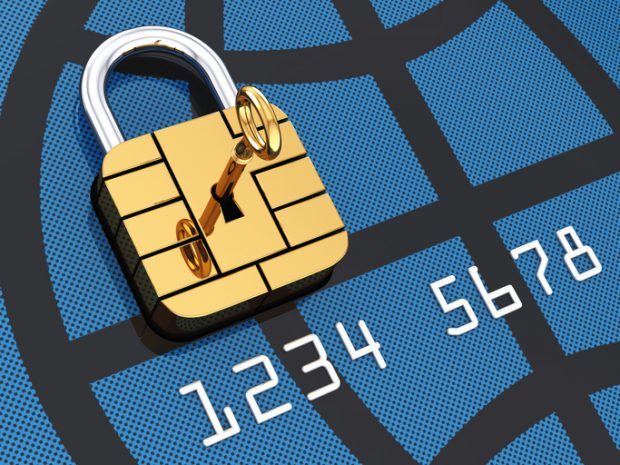Securities Regulation and Blockchain

|
A very interesting report from FINRA was released on Wednesday, identifying areas that need to be considered by Securities Industry participants that are exploring the use of DLT, or Distributed Ledger Technology, to replace traditional centralised infrastructure. The paper concentrates on clearing and settlement and asks a series of questions about aspects of the ongoing regulation of securities trading in a DLT world, including:
These are just some of a series of extremely useful questions. Our take? Firstly, realising the undoubted efficiencies that DLT (or Blockchain) offers will require a comprehensive approach to the regulatory obligations that remain a necessary part of fair and open markets. Regulators as well as market participants will find FINRA’s analysis useful. Secondly, there needs to be careful discussions by everyone involved in this effort. While the FINRA paper takes a very well informed approach, there will be situations in which, as the infrastructure is re-engineered, the related regulation will also need to be completely redesigned. Third, and closer to home, the use of standards provide clarity and transparency and provide efficiency and interoperability. Where new DLT infrastructure is developed in this brave new world it needs to work with the standards community to ensure these benefits are realised and that we don’t end up with new “islands” or “walled gardens” that are hard to interoperate with and hard to regulate. Read the report here. |





